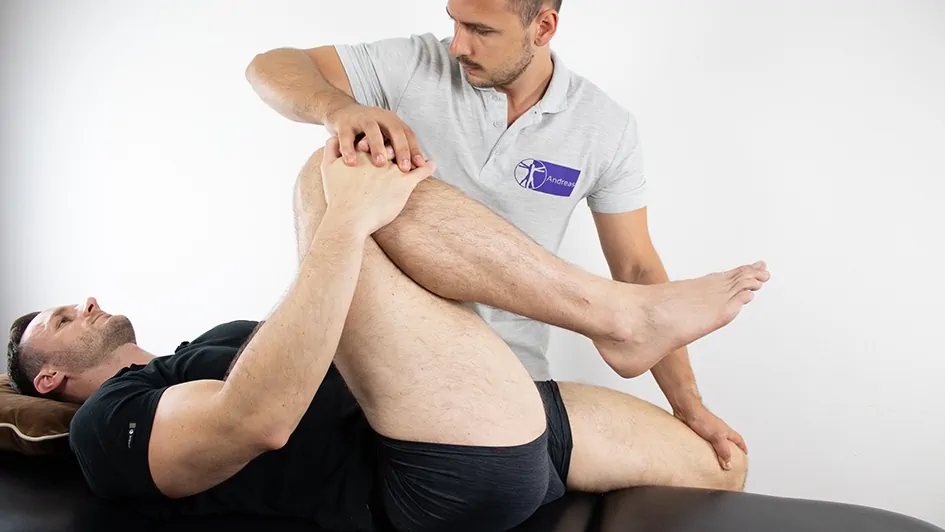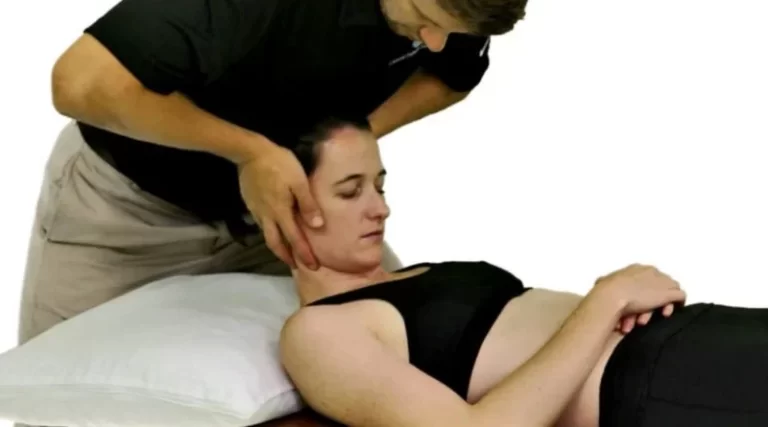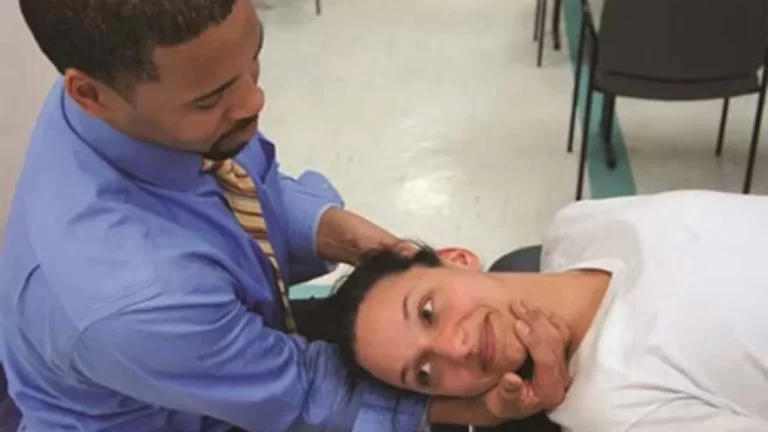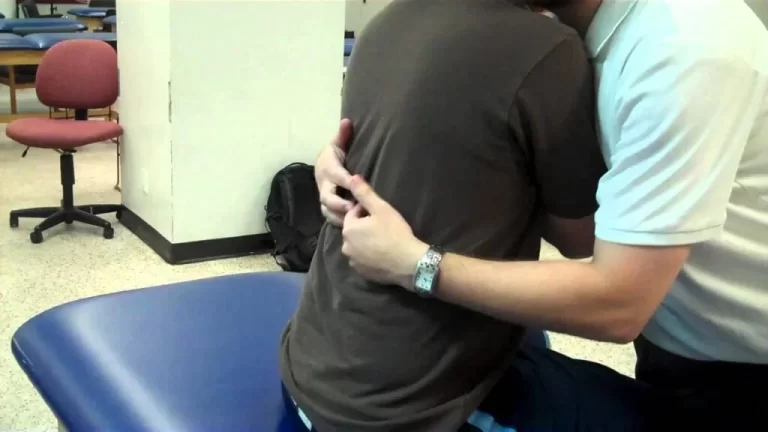Gaenslen Test
Gaenslen test, also called Gaenslen’s maneuver, is a Physical examination test used to check musculoskeletal conditions mainly for chronic inflammation of the lumbar vertebrae and sacroiliac joint.
Purpose of Gaenslen Test
- One of the 5 provocation tests that may be utilized to detect musculoskeletal abnormalities as well as primary-chronic inflammation of lumbar vertebrae as well as a Sacroiliac joint (SIJ) is Gaenslen’s Test (Gaenslen’s maneuver). The following tests are included: a Sacral Thrust Test, Compression Test, Distraction Test, as well as Thigh Thrust Test.
- A helpful tool for identifying patients who are more likely to have SIJ pain as compared to any other painful condition is a clinical prediction rule of three or more positive provocation tests that provoke familiar back pain as well as non-centralization of pain. When interpretation is restricted to back pain patients whose symptoms may not be made to “centralize” with repetitive motion testing, the diagnostic accuracy of the composites of SIJ tests increases.
- Positive SIJ tests in patients with discogenic pain may be ignored due to centralization being extremely specific to the condition.
- Specifically, the SIJ lesion, pubic symphysis instability, hip pathology, or even L4 nerve root lesion may all be detected by Gaenslen’s test. This could also place strain on a femoral nerve. In SIJ, the test is frequently used for the detection of spondyloarthritis, sciatica, as well as other forms of rheumatism.
Technique of Gaenslen Test
- A patient lies down with a painful leg resting on an edge of the management table at the beginning.
- An examiner flexes a non-symptomatic hip sagittally during also flexing a knee (up to 90 degrees). While a physical therapist stabilizes a pelvis as well as applies passive pressure to a leg being tested (symptomatic) to hold it in the hyperextended position, a patient may hold a non-tested (asymptomatic) leg with both arms.
- The flexion-based counterforce is applied to a flexed leg, pushing this in a cephalad direction as well as causing torque to a pelvis, while the downward force is applied to a lower leg (symptomatic side), placing this into hyperextension at a hip.
- This test is deemed positive for the SIJ lesion, hip pathology, pubic synthesis instability, or even L4 nerve root lesion if a patient’s normal pain is reproduced. In a meantime, the test can place stress on the femoral nerve too.
- If a patient complains of pain on both sides, this is best to test both sides. Importantly, the diagnosis of SIJ pathology is only possible with at least 3 positive SIJ provocation tests.
FAQs
Specifically, an SIJ lesion, pubic symphysis instability, hip pathology, or L4 nerve root lesion can all be detected by Gaenslen’s test. It can also put a strain on the femoral nerve. In the SIJ, the test is frequently used for the detection of spondyloarthritis, sciatica, and other forms of rheumatism.
Gaenslen Test: The examiner applied a counterpressure to the hanging leg’s knee while applying firm pressure to the flexed knee. On the opposite side, this procedure was after that repeated. If the patient experienced pain on the side of their hanging leg, the test was deemed positive.
Test of sacral thrust: as you lie on your stomach, a brief burst of pressure to the sides of your pelvis. Test of compression: while lying on your side, apply downward pressure to your SI joint. Test of distraction: while lying on your back, the vertical force was applied to your SI joints.
FABER, thigh thrust, Gaenslen tests, compression, distraction, and other provocative physical examination tests can be used to look for SIJ dysfunction. At least three of the five provocative maneuvers must be positive for SIJ pain to be diagnosed.
A Gillet test, which is famous as the march or even stork test, the standing flexion test, a sitting flexion test (also famous as Piedallu’s sign), as well as a supine-to-sit test, are some of the more common diagnostic procedures.





